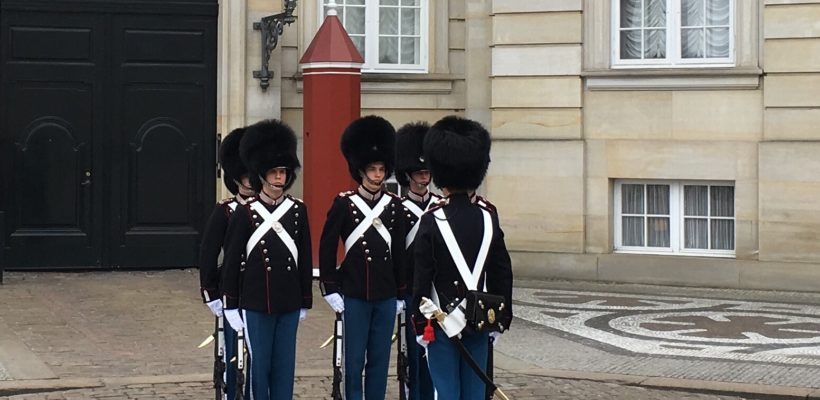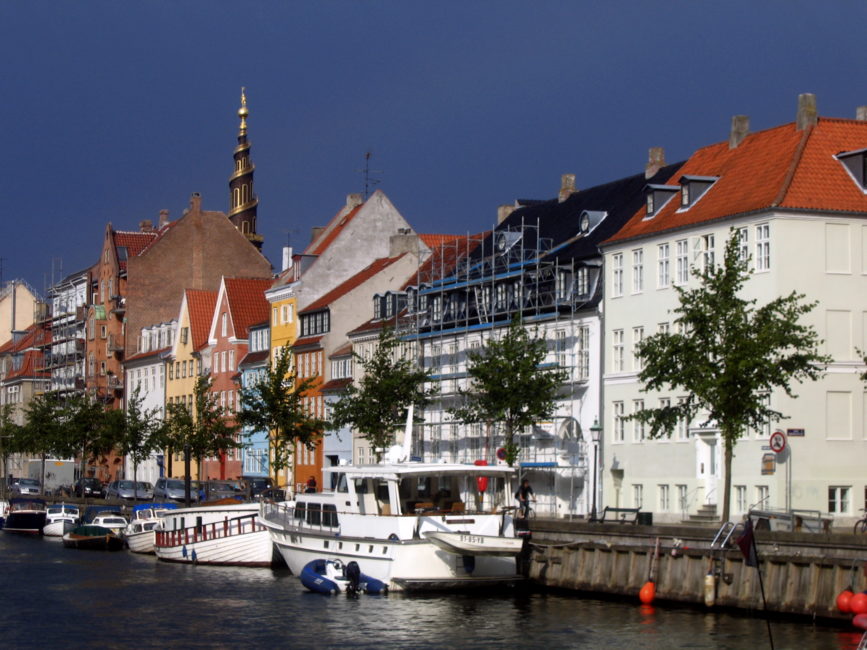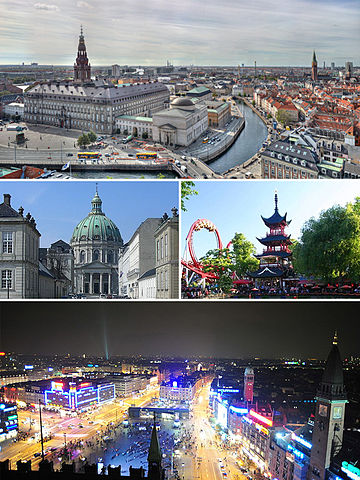
Copenhagen – City of Mermaids, Princes and Art
Der nachfolgende Beitrag ist im Rahmen der interkulturellen Europa-Projektwoche Anfang April entstanden. Während knapp 80 Schülerinnen und Schüler (überwiegend 9. Jg.) unsere europäischen Partnerschulen in Barcelona, Kopenhagen, Paris und Trento besucht haben und ganz praktisch ihre interkulturellen Kenntnisse und Kompetenzen erweitert haben, befassten sich etwa 60 Schülerinnen und Schüler unter der Überschrift METROPOLISES IN EUROPE in einer interkulturellen Projektwoche eher theoretisch mit eben diesen europäischen Städten sowie zusätzlich Brüssel und Frankfurt. Ergebnis des Projekts sollte ein Beitrag für die Homepage sein, der über eine dieser Metropolen berichtet. Der nachfolgende Beitrag von Annika Pennack (9d) wurde von Schülern und Lehrern als der beste ausgewählt und wird durch diese Veröffentlichung entsprechend gewürdigt…
(die Redaktion)
Copenhagen – City of Mermaids, Princes and Art
Who does not know the little mermaid of Hans Christian Andersen the famous Danish fairytale author? For 103 years the little mermaid has been sitting on her stone and is still the landmark of Copenhagen. But what do you know about this innovative and cheerful city? Once Copenhagen was a small fishing village, now it is the largest city and the capital of Denmark with great economic and political importance.

The urban area of Copenhagen comprises 1980 km². If you just count the population of the proper city, Copenhagen has got 583.000 inhabitants. If you look at the population in greater Copenhagen and its regions, there live about 1.99 million people!
But back to the beginning of the city. At first, at the time of the Vikings, Copenhagen was just called “havn” what is Danish and means “harbor” because most of the people who lived in the little fishing village earned their money by fishing or trading. But in 1167, Bishop Absalon from Roskilde built a castle at the harbor of Copenhagen, so this year is named the year of the foundation of Copenhagen. The little town grew because of its trade with herrings. While Copenhagen became a flourishing town, Roskilde was the capital of Denmark. However, in 1443, Copenhagen replaced Roskilde as the capital city of Denmark.

After these facts for sure you do not know why you should visit Copenhagen. If you are a tourist you have to visit the city because of the spirit of Copenhagen. The city has got a perfect combination of old and new. You can visit Nyhavn, the traditional harbor with the old colorful houses, and after that the new architecture of the national library. The city is very dynamic. You will see a lot of pedestrians and cyclists. Another great topic in Copenhagen is art. There are important museums, for example “Arken-Museum for Moderne Kunst” or “Lousiana Museum of Modern Art”. In Copenhagen you will find modern architecture and a revolutionary kitchen, “The new Nordic cuisine”, which creates new interpretations of classical Danish dishes. This is the result of young creative people, maybe the result of some students by the way, the University of Copenhagen is one of the best in Europe.

Copenhagen is located in an economically profitable area because of the Oresund Bridge that links Copenhagen and Malmö, which supports the connection between Denmark and Sweden. Other great preconditions for a strong economy are the Airport “Kastrup” and the ports of Copenhagen. Consequently, Copenhagen is the crossroads of Scandinavia and the Baltic region which makes Copenhagen very interesting for managers and business men.
What is characteristic of the whole of Denmark are the Danish “kroner” as currency. Although the country is in the EU, they do not want the Euro as their currency. In contrast to Germany Denmark has got a royal house. The winter residence of the royal family is Amalienborg Palace in Copenhagen, it is a sight, too, and you can visit it. Every single day at twelve o´clock you can see the changing of the guard in front of the palace. Queen Margrethe II (head of state) and Lars Løkke Rasmussen, (head of government) the prime minister, are the heads of Denmark. The royal house is really important for Danish politics and thus for the politics of Copenhagen, because a lot of the members of the royal family maintain diplomatic or political relations.
If you have read this text to the end, you will agree that Copenhagen is altogether a fantastic city with a good health system, great social conditions, nice traffic routes and low security risks. As You can see, Copenhagen has got brilliant preconditions for being happy.
It is proven that the Danish people are among the happiest in the world, if you believe a lot of statistics and reports from scientists.
So, do not wait any longer, visit the metropolis yourself, experience the cool feeling and get happy too, like the Danish!
Annika Penack, 9d
